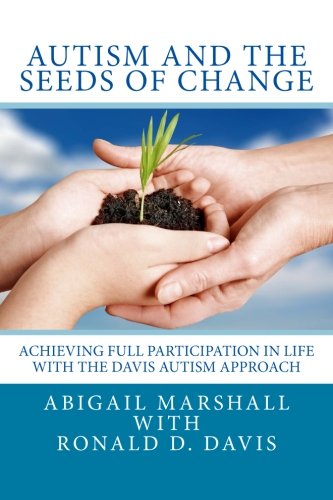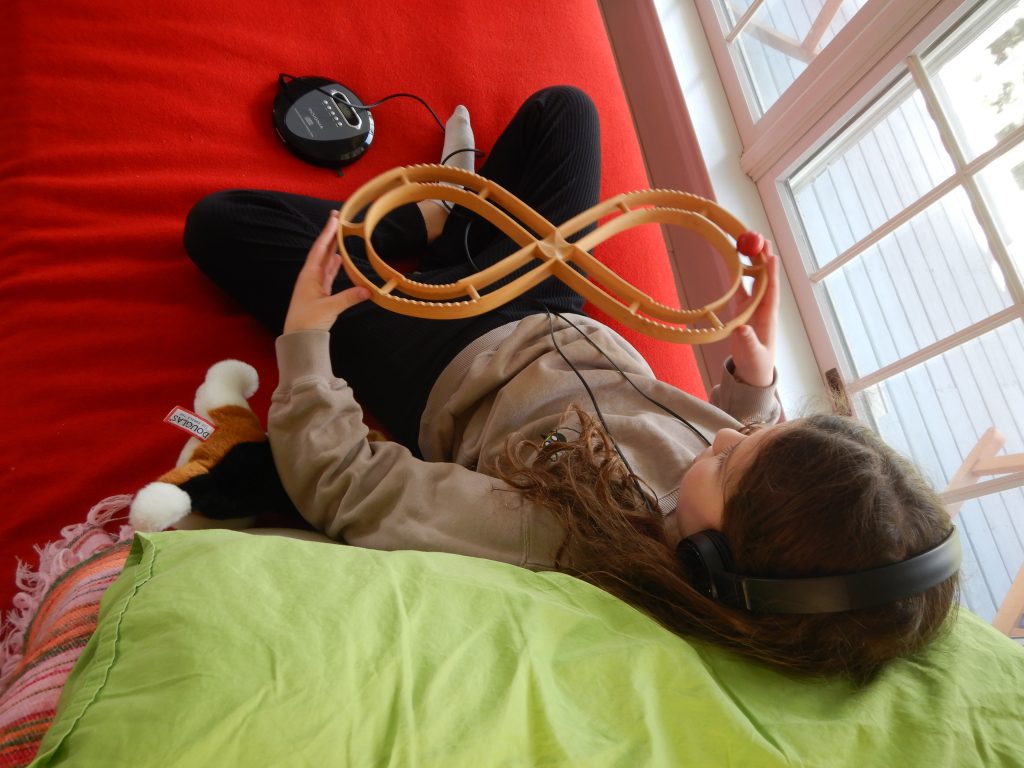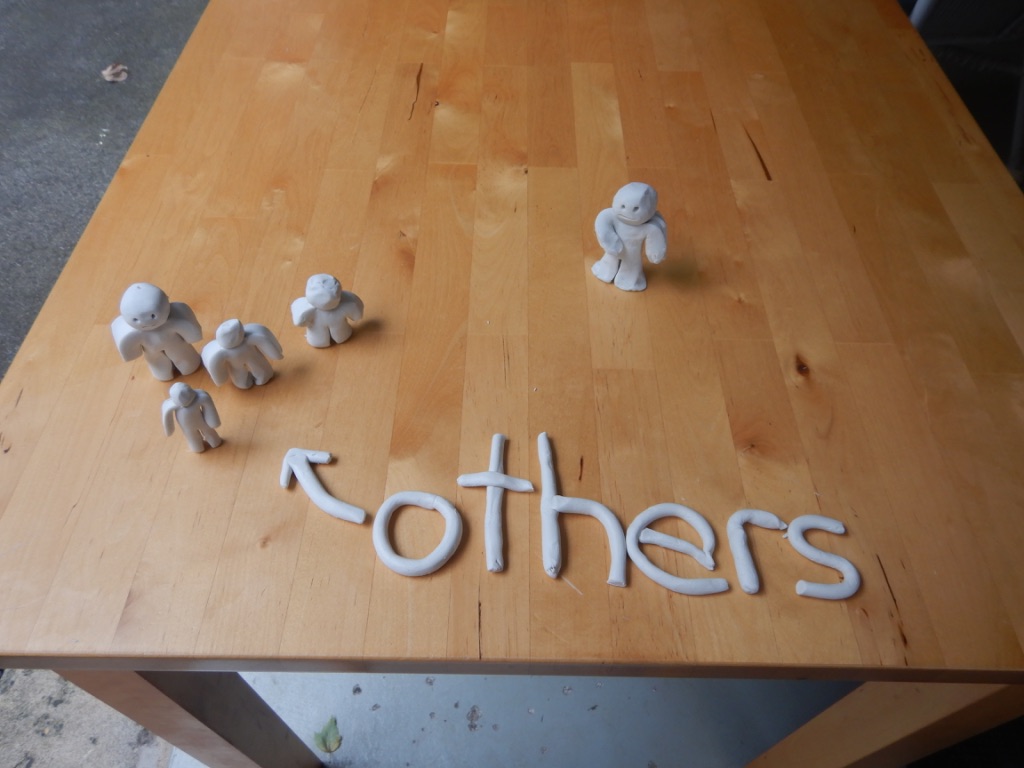The Davis Autism Approach® can help you achieve growth and move past blocks to reach your personal goals. The Davis Autism Approach® is deeply respectful, gentle and pleasurable. It will help you or your loved one participate more fully in the life you or they choose.

Ronald Davis and Suzanne Buchauer at the Davis International Symposium in San Francisco, November 2023.
The Davis approach is described in Ron Davis’s book on Autism:

People who exhibit traits and characteristics of autism are not broken or unwell – therefore, they do not need fixing or curing. They have their own unique gifts and talents and have the right to retain their beautiful uniqueness.

Often, though, what these individuals showing signs of autism want is understanding – they want to have a sense of self, and to be able to make sense of the world, and relate positively to others.
What kind of results do people see with the Davis Autism Approach® program?
Participants who have completed the program have experienced many positive changes. These are some of the most common results Davis Autism Facilitators see, which have been confirmed through independent and ongoing research:
- less anxiety
- increased ability to be able to take part in daily activities and create order in their life
- a willingness to try new things
- greater capacity to cope with change
- greater ability to cause a change in their life
- a reduction in sensory overload symptoms
- reductions in meltdowns
- a greater sense of self , and
- being better equipped in relationships
It is widely agreed that individuals who exhibit traits and characteristics of autism do not undergo childhood development at the same harmonious rate as people who do not have autistic traits. They may be extraordinarily developed in one particular area whilst considerably challenged in another.
[Cited from Davis Autism International]
How does the Davis program help?
The Davis Autism Approach® helps individuals become “unstuck”, in a gentle and genuine way.
Ron Davis defines three childhood development stages that “neurotypical” people naturally go through as follows:
- Individuation
- Identity Development
- Social Integration
The Davis Autism Approach® is Ronald Davis’s way of providing a type of road map for an individuals to be able to move through these three stages in a way that is harmonious with their way of being.
Davis Autism Approach® Roadmap
STEP 1: INDIVIDUATION – Creating an awareness of ‘Self’
The starting point in a Davis Autism Approach® program is to assist the individual in the Individuation process by becoming oriented to the world, creating accurate perception and gaining self-awareness. This is achieved through the Davis tools of Orientation, Release and Dial.

STEP 2: IDENTITY DEVELOPMENT – Exploring life concepts
When Individuation is complete, we can then begin to look at Identity Development. Developing a core identity is the foundation for new knowledge, experiences and behaviors. Because some individuals have not yet completed identity development, we provide a gentle, structured way to do this by modeling and exploring the “life concepts”. This is done by guiding the individual through making a simple clay model of each concept, followed by many hours exploring that concept in the environment.
STEP 3: SOCIAL INTEGRATION – Relationship concepts
Social Integration is the final stage of the program. Individuals need to have a sense of self and a functioning identity to provide the foundation for building an understanding of relationships. The relationship concepts are also explored in clay, allowing the individual to explore different types of relationships they can have with others.

None of the concepts explored are a set of ‘rules’ – they are a framework for the individual to be able to make sense of their experiences, and begin to establish order, take responsibility, and form and maintain successful relationships.
